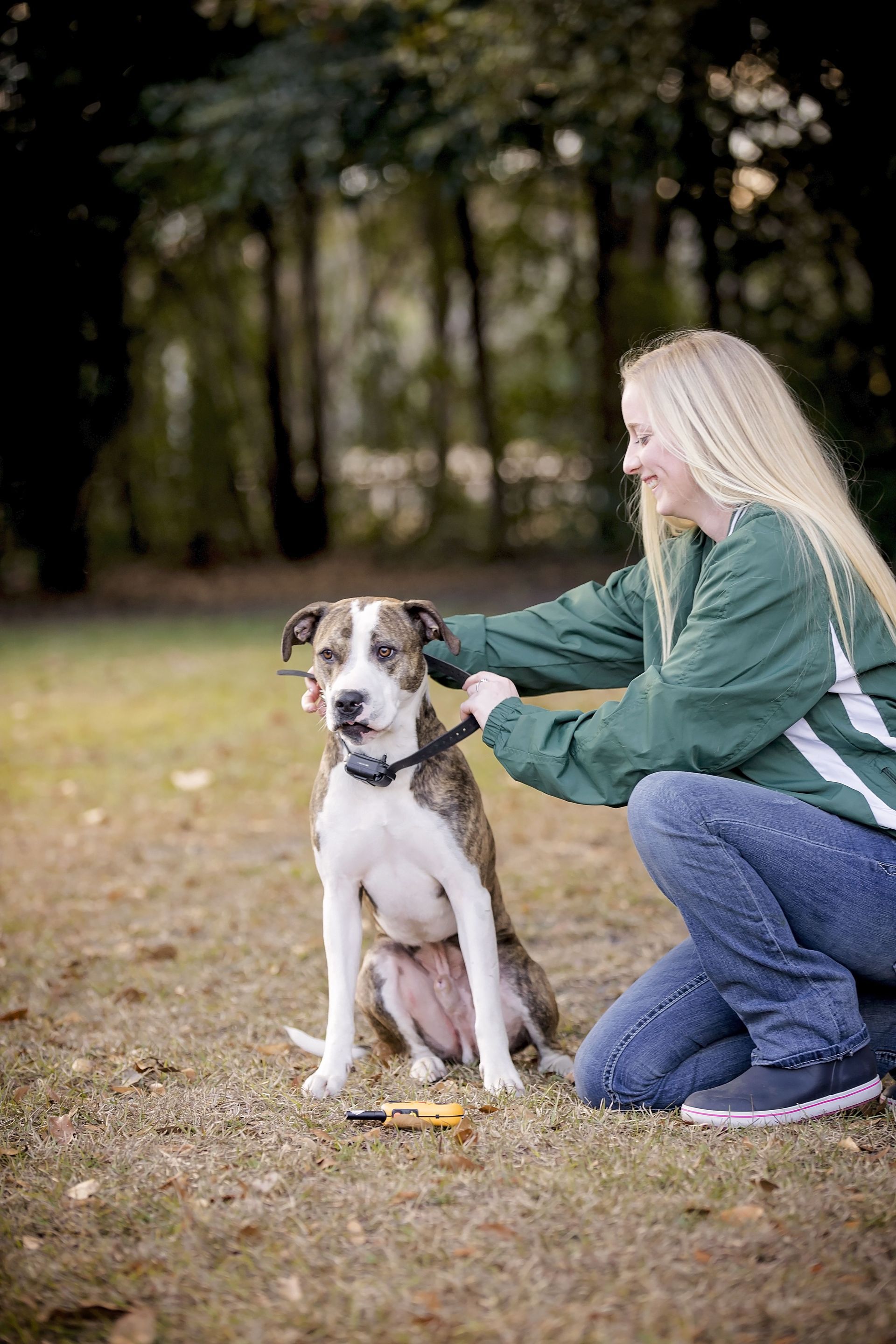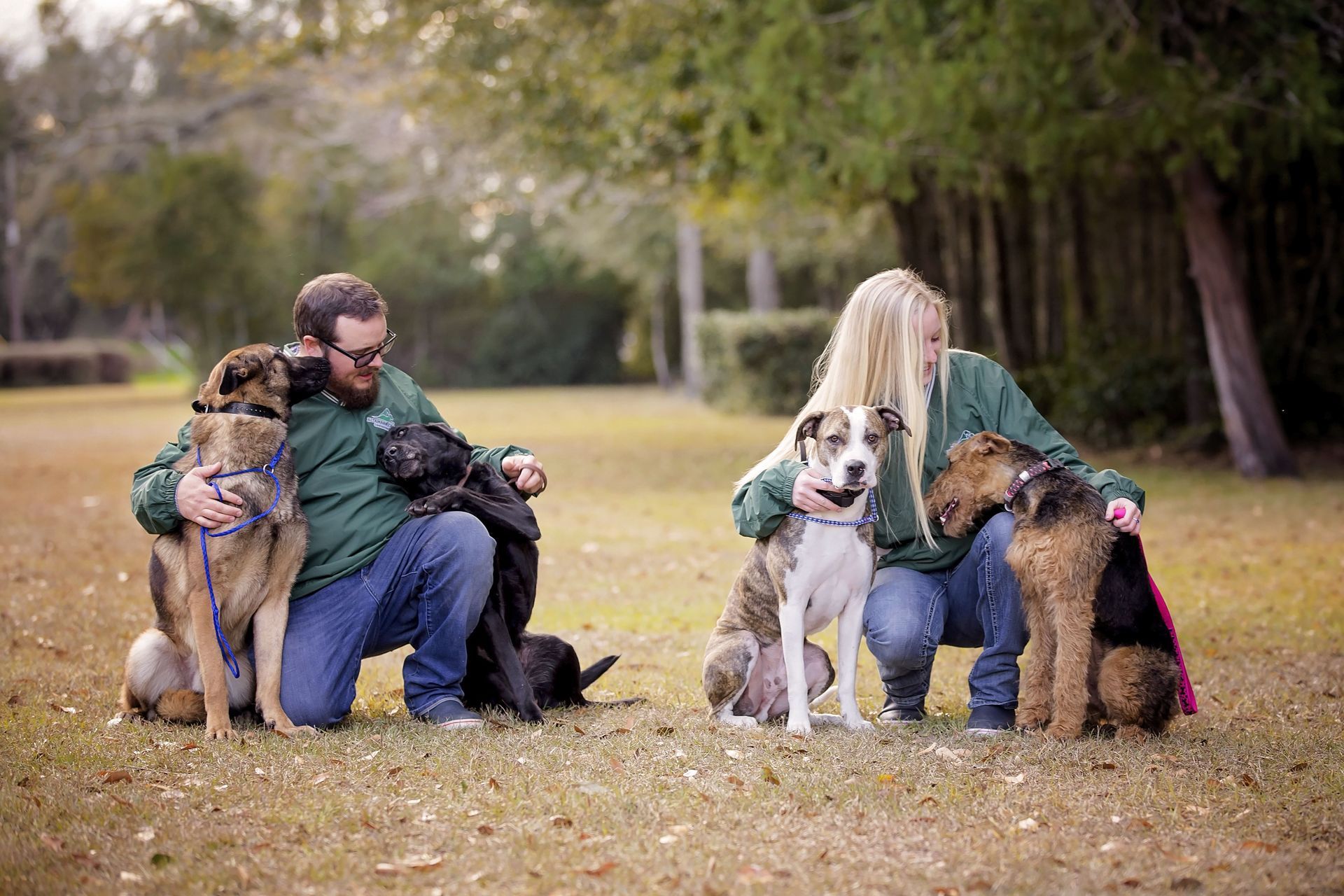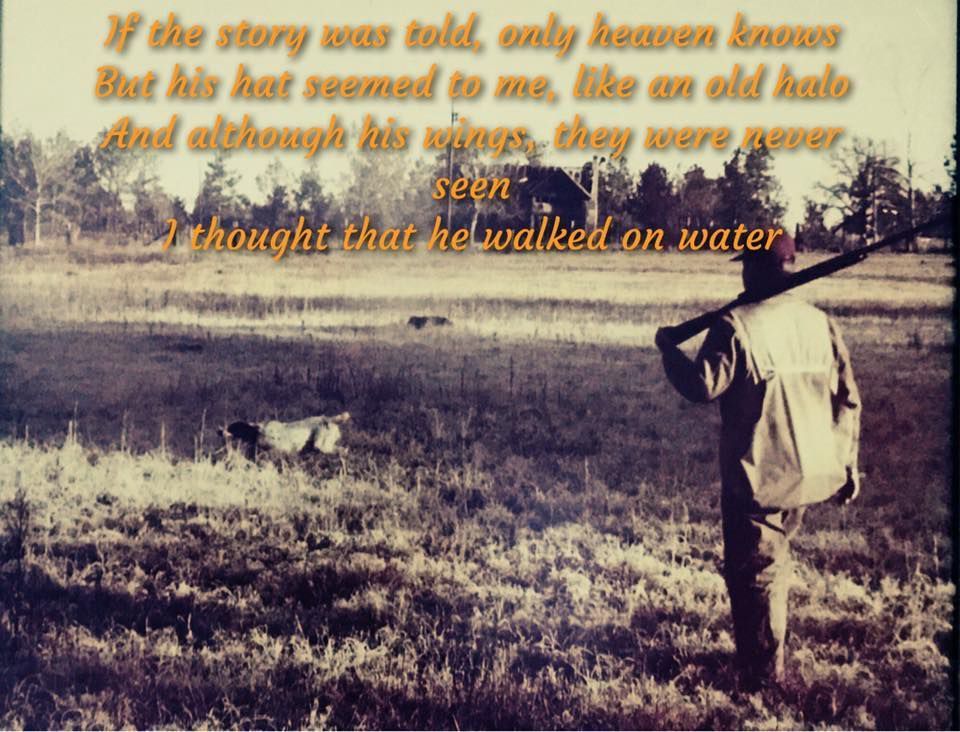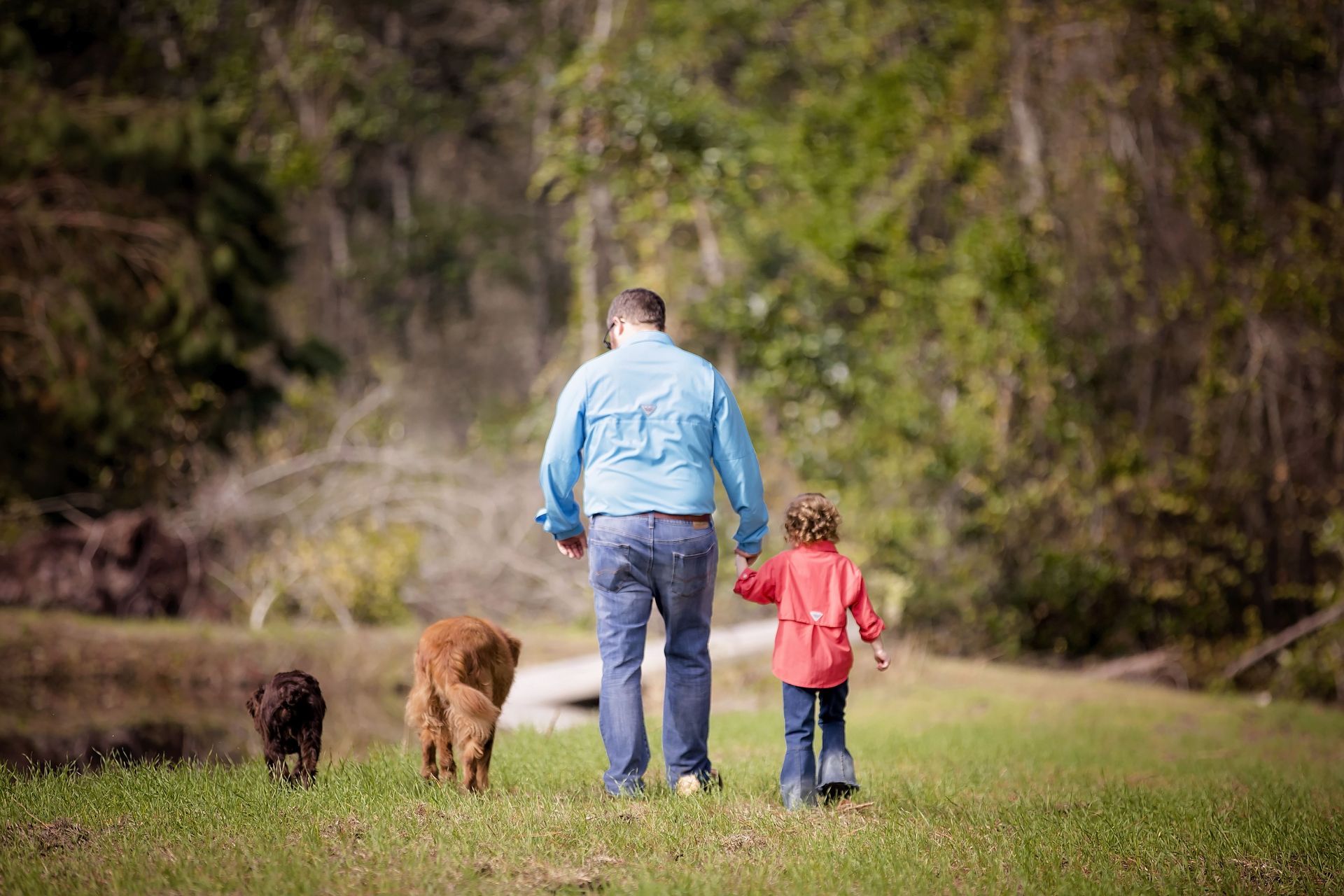Continuing Education : The Reintroduction
So you have picked up your dog from the trainer and you are so excited to "test drive" your new and improved faithful companion. He should be perfect right? I mean you just spent all that money and sent him off to college. He should be like a dog genius or something right?
WELL............................................
We as trainers get the opportunity to peel your companion apart like an onion and work on layers of issues over the multiple weeks we have them and use multiple tricks of the trade to help with some of those attributes that require changing to better fit in to their humans lifestyle.
As you watch the trainers demonstrate your new dog your excitement builds as you get ready to take controls. As you reach for the leash, your dog can feel the nervousness (as can we), they sense the slowness choppy walk while you attempt to walk them in heel (who walks like that for real anyway), the repeated hand motions that are not necessary when you attempt to use sign language (or land a plane we are not sure sometimes) to make them stay, the recall when you say Come On boy instead of the trained HERE command like we JUST TOLD YOU!!! lol. These are all normal things that owners experience upon graduation day. The more you get out and work your dog the more comfortable you will become and the more comfortable the dog will be working for you. They listen to everything you say but they also feel everything you do not say and attempt to predict what you are thinking. Speaking clear, being firm and showing excitement are all things that are necessary in the weeks to come. Lets break down the commands.
SIT : Sit should be executed while in heel or at place. Its a command that is very basic but also much needed so that the dog can understand patience. Sit should be executed at every opportunity that presents itself over the next several weeks back home to keep the dog focused on being under control and READY for the next command.
STAY: Stay means do not move until recalled. This should be practiced multiple times per week with the dog placed in stay and then returned to every 2-3 times the drill is ran. When you face your dog from a distance and prepare the recall, ensure the dog is patiently waiting on the recall. If not do not recall the dog. Return to the dogs side and move around in a circle then place the dog back into a stay and rework the drill. This is teaching the dog that you must stay until your called. If the dog breaks then return the dog back to the location and attempt the drill again. Should the dog break again then its best to implement an object such as a place mat so that the dog can physically see where they are moving from and be placed back on the object. This will sometimes help the dog focus on what they are doing and understand they cant "get off" the mat.
HERE: The recall command is the most important to practice. The dog should return to heel position. This should be practiced in sequence but also with distractions. The dog should have an understanding on dropping everything and coming to a heel position with this command. This command is a pull command, meaning if the dog is walking a little behind you a simple HERE is used to draw the dog closer to you. Using a long line can help and prevent bolting. Following a proper e collar transition, you should be able to recall with a simple nick or vibrate of the e collar. Setting the scenarios up at home so that the dog doesn't want to come to you is key. Do not just run these drills in an empty room with no environmental stimulation. We are practicing for real world, make it real!
HEEL: This is a body location command. Typically a left or a right side depending on how the dog was trained and simply means stay beside me (not in front or behind) and can be used while walking with loose lead. We practice this command by walking forward and backwards ensuring the dog will both walk forward with us or retract backwards with us. Ensuring the tail is pointing backwards and the nose forward with shoulders inline with your knee is the key, any variation in which your willing to accept is just as good. This command can be practiced by pivoting left or right saying heel. Just like HERE being a PULL command, HEEL is more of a PUSH command. What this means is we ask the dog essentially to move into this position by saying HEEL.
PLACE: The best command for control. As we mentioned above under STAY, this can be used to fix stay issues should a dog become confused. It is also good to use as many objects as possible to give the dog a good understanding of this command. What we are saying when we say PLACE is go to this object that we have conditioned you to sit on and get on it and sit or pay there and do not move until your recalled. This game should be fun and reward is key. If the dog breaks off of the mat prior to recall then a simple correction and moving the dog back to the object with again reward. We like to cast dogs with our body language from mat to mat to give the dog a good understanding that we may not always as you to come to us we may just ask you to move to an object from where you are at. We also like to increase our distance from the mat when asking the dog to place as if its a race to get to the mat for reward. e collar can also be used in an ON/OFF fashion to condition this command for speed and clarity. Time spend on place is key also. These resting drills will help a dog understand that separation is good and healthy.
NO: This command is not used enough. When we condition a pet we use the word NO with all corrections. Its almost as if the NO in and of itself is a correction. The dog learns to rethink what we are asking them to do if they hear this word.
The importance of conditioning these commands weekly while your dogs brain is in the game still is paramount for you to understand communication as your dogs handler but also allows your dog to learn how you are communicating with it and how to respect what your asking it to do. Body gestures and mannerisms are different handler to handler so STAY doesn't always mean STAY if improper body language is used. You can say STAY but your body language may be screaming HERE. Just like in anything you do, practice makes you great. The dog has been handed to you with a toolbox of options, bells and whistles and you as the owner get to pick what you want to use and what you want to loose. Whatever you practice and work on will remain ingrained and all else will slip slowly away into the background.
Slippage can occur when continuing education drills are not being performed. There is no right or wrong time frame for this, its more about being successful and positive during the drills. We get dogs back occasionally for tune ups and the dogs typically do wonderful. Its commonly an issue with CE at home when we do hear of dogs reverting to old ways. The first two weeks home is the most critical following a board and train program due to the amount of environmental stimulation they are about to walk back home into and if you keep the homework the same day in and out, it feels like they are still in training camp as they reintroduce back into family life.
Keep in mind the dogs are excited and ready to see you and pick up day can often be very emotional for you, the dog and especially for us as we see the product you have asked for and the friend we have made the past several weeks or months leave us as we anxiously await the reintroduction report!
UNTIL NEXT TIME #GETOUTOFTHEDOGHOUSE







